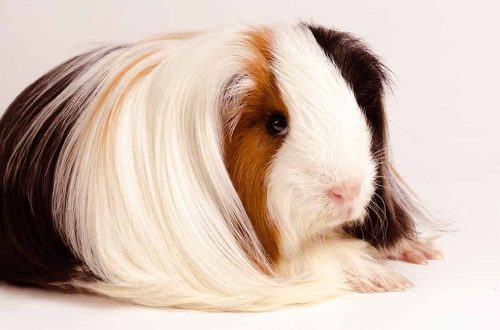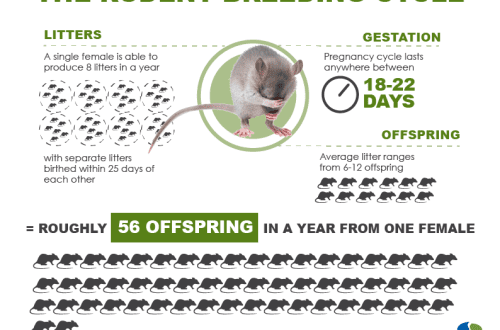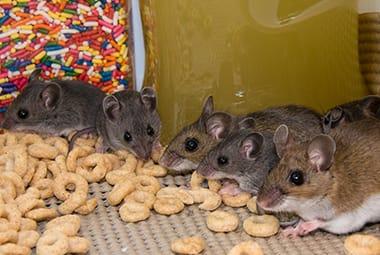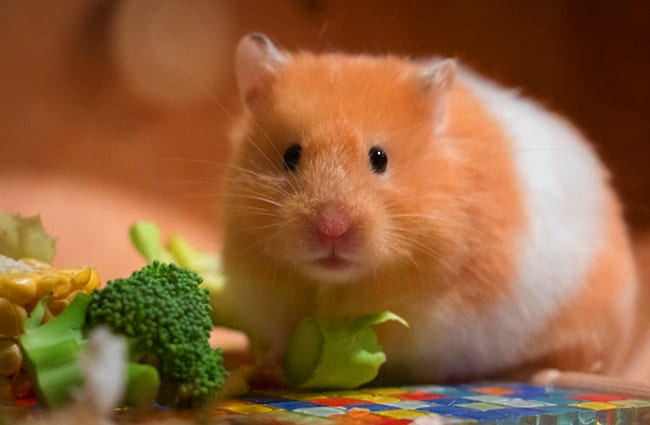
Hamster – description of the animal for children and adults (features, character, photo)
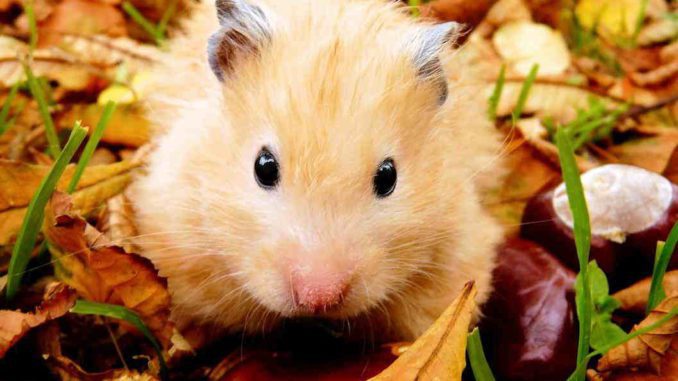
We have prepared a description of the hamster for children and adults, so that it would be easier for parents to introduce their kids to these interesting animals. We also recommend visiting our page dedicated to all breeds of hamsters with photos and names.
Hamsters are popular pet rodents and are often the first pets in families with small children. They are easy and simple to care for, and they also love active games, which attract the attention of small owners. To learn interesting details about animals and how not to confuse them with a mouse, read a fascinating story about hamsters for children!
Contents
What do hamsters look like
Both homemade and di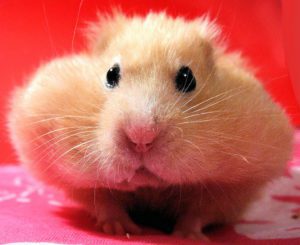 Some rodents have a very small body. Some of them grow up to 5 cm, others up to 15 cm, and the largest varieties can grow up to 35 cm in length. The animals have a thin and short tail that does not grow more than 4 or 6 cm. The legs of hamsters are squat, that is, very short, but very strong and hardy. Most often, hamsters are the owners of fluffy and soft wool, but there are separate breeds of bald rodents. The ears of the animals are small and neat, and the eyes resemble dark round beads. The coat of rodents is most often gray, brown on the back and snow-white on the belly and neck.
Some rodents have a very small body. Some of them grow up to 5 cm, others up to 15 cm, and the largest varieties can grow up to 35 cm in length. The animals have a thin and short tail that does not grow more than 4 or 6 cm. The legs of hamsters are squat, that is, very short, but very strong and hardy. Most often, hamsters are the owners of fluffy and soft wool, but there are separate breeds of bald rodents. The ears of the animals are small and neat, and the eyes resemble dark round beads. The coat of rodents is most often gray, brown on the back and snow-white on the belly and neck.
Hamsters always make edible supplies behind their cheeks, where there are special cheek pouches that hold a lot of tasty grains. Natural thrift has made such pouches one of the most developed body parts of hamsters. For example, a large animal that has grown to 30 cm can fit 50 g or a whole handful of grains. Thanks to such bags, animals can carry food obtained during hunting into the mink or stock up in their cage, dragging treats to secluded places.
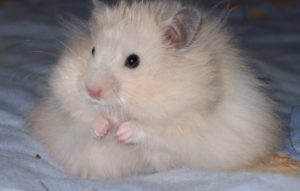
In order not to confuse a hamster and a mouse, look at their cheeks, which will become the main difference between the animals. If you come across a very plump mouse with the same big cheeks as a hamster, then you should pay attention to the size. Do not forget that the hamster will always be larger than its closest relative. The color of their coats will also help to distinguish the animals: mice are only gray or white, and hamsters wear sandy, brown, gray-white or black fur, which is most often spotted.
Where and how do hamsters live
In nature, rodents are common in many countries of Europe, South Africa and the Far East. They live in the steppes, deserts and fields, building deep burrows for themselves. Their underground houses consist of three compartments. In one, they equip a pantry, where they put all the extracted grain. In the other, they rest and sleep in the winter when it is time for hibernation. Just during this period, hamsters never leave their homes and, sometimes waking up, feast on supplies from the pantry. The last compartment is the tunnel itself, through which the hamster enters the hole.
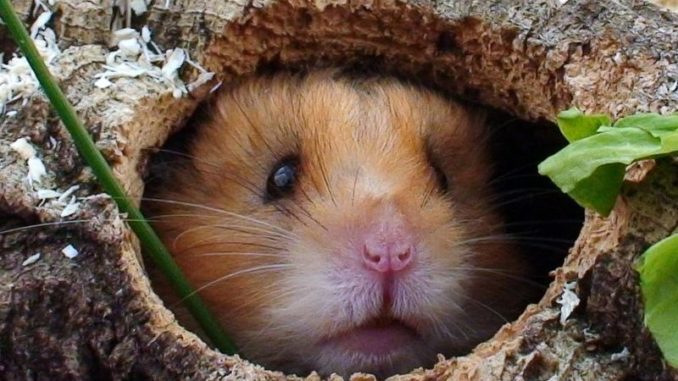
Every day, in search of food, the animals have to travel very long distances that a person can cover only in a two-hour journey by car. The peculiarity of an active lifestyle is also passed on to pets that live in cozy and spacious cages. They will also make edible supplies and move around the house constantly. For a hamster to live comfortably in a cage, he will need a running wheel in which he can run a lot, keep fit and be healthy.
What is the nature of hamsters
Domestic rodents are distinguished by sociability, calm and complaisant character. They enjoy spending time in the company of children, but do not really like it when they are often picked up or disturbed during sleep. If you accidentally wake up a sleeping rodent, it can get very scared and bite the owner’s finger, so you need to communicate with the animals carefully and try not to scare the small animal.
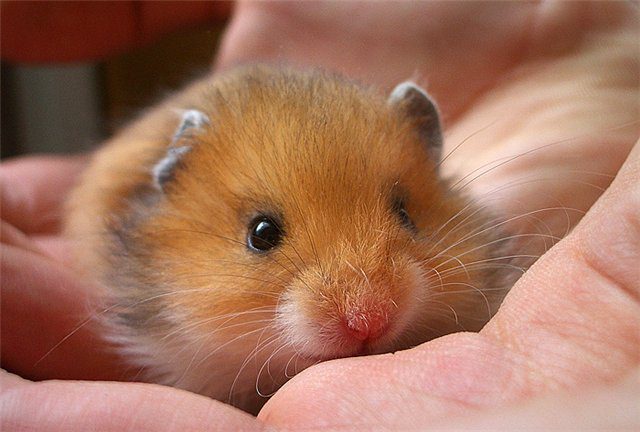
And if you meet a wild hamster, in no case do not try to catch it, stroke it, and also feed it with delicious food. The nature of rodents living in open nature is not at all so kind and trusting, because the animals have to take care of their safety. Seeing a person, the hamster may mistake him for a predator that is trying to attack him, and will actively defend himself and his territory.
Hamsters, even at home, react very aggressively to an attempt to enter their house, so the rodent must live alone in its cage, where it will be the real and only owner. If you want to have several animals at once, then you will have to put them in different cages and put them away from each other. Only in this case, the pets will feel calm and delight in friendliness.
What to feed a hamster
You can feed your pet different grains. For example, wheat or oats. Sometimes you can feed the rodent with seeds, nuts or a piece of fruit. The hamster will be very happy to eat fresh grass or gnaw on a branch of a tree on which apples or pears grow. Only at first they need to be washed well with warm water so that the animal does not get a stomach ache.
For all the foods that you can or cannot feed your pet rodent, be sure to read the article on hamster nutrition, which has a brief and useful content on hamster nutrition. For example, that it is better not to treat rodents with too large a piece of banana, because he will hide the remains of the fruit in a secluded place in his cage, and then eat a spoiled piece and get sick. Or about the fact that hamsters should not be fed white cabbage, which makes their stomach swell, and many other interesting things!
Video: a fairy tale about the Dzungarian hamster
Hamsters: a description for children and adults
4.5 (89.39%) 147 votes



